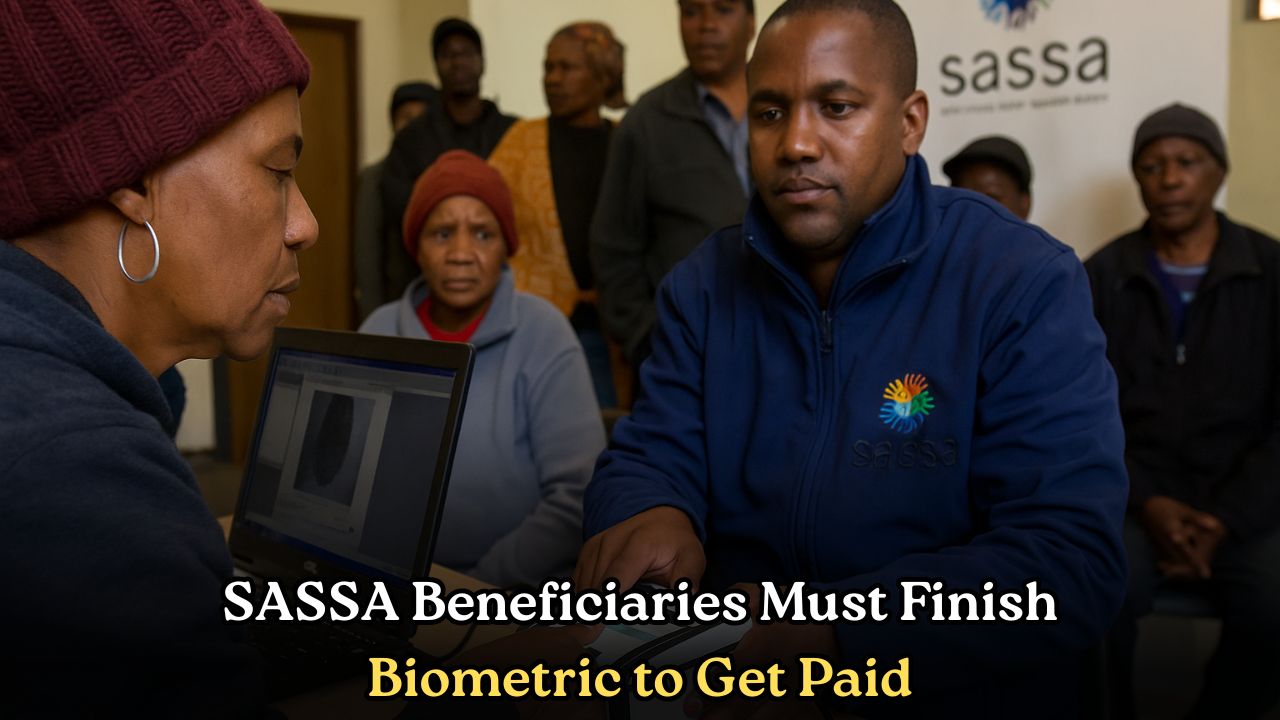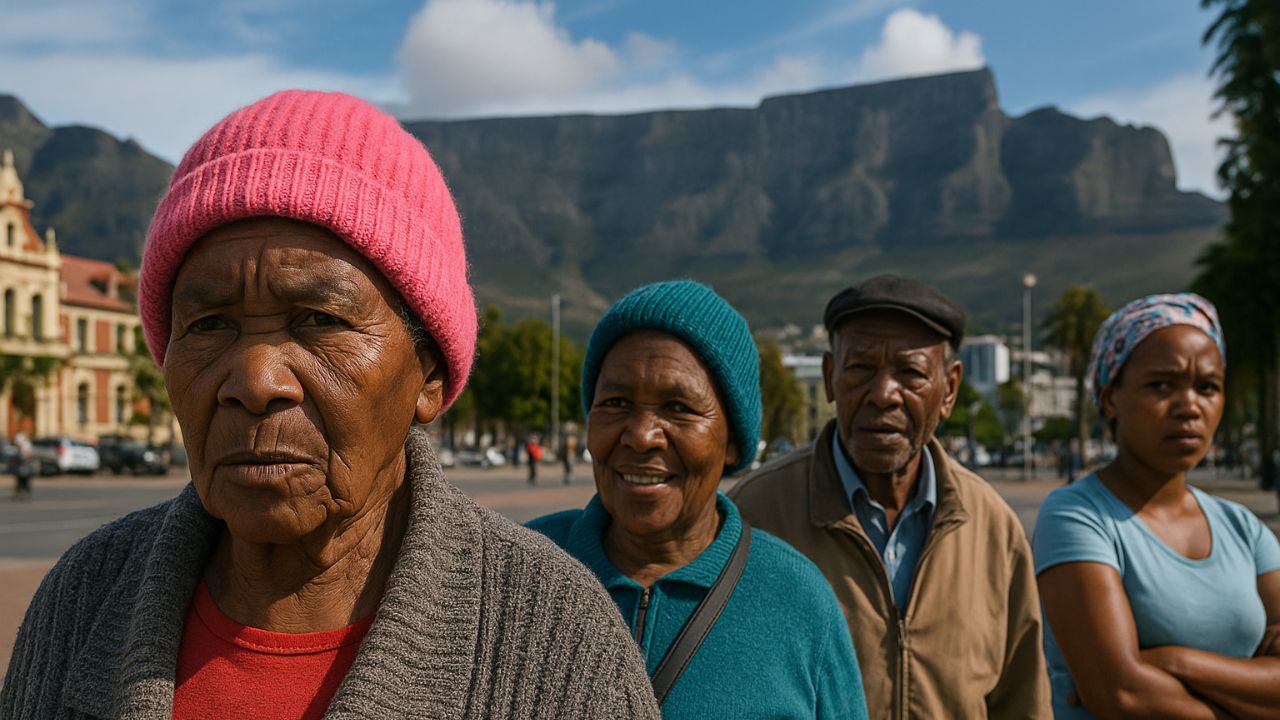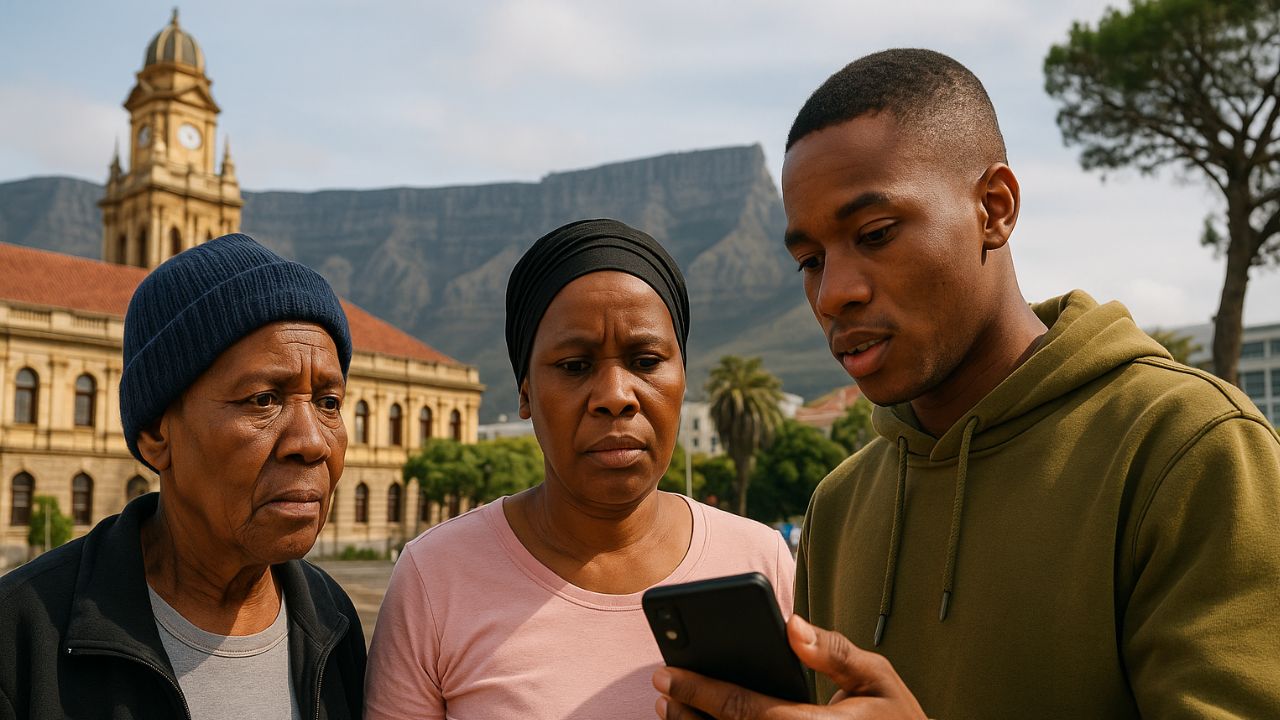SASSA has introduced a mandatory biometric verification system for September 2025 grants to strengthen security and ensure that only rightful beneficiaries receive payments. This move comes as part of the government’s efforts to reduce fraud, eliminate duplicate applications, and streamline the grant disbursement process. Beneficiaries, including those receiving the SRD R370, Child Support, Old Age Pension, and Disability Grants, are now required to complete fingerprint or facial recognition checks before accessing funds. The process is designed to be simple and accessible, with SASSA centers, mobile units, and partnered retail outlets offering biometric facilities. However, delays may occur if beneficiaries do not update their details or complete verification on time. SASSA has urged all recipients to verify early in September to avoid last-minute queues. This system not only safeguards grant payments but also builds public trust in welfare programs, ensuring that much-needed support reaches vulnerable households without misuse.
Why Biometric Verification is Required for SASSA Grants
Biometric verification was introduced by SASSA to curb rising concerns around identity theft, fraudulent claims, and multiple applications under one beneficiary’s details. With South Africa’s welfare system supporting millions, ensuring accuracy and fairness is critical. The new process uses advanced technology such as fingerprint scanning and facial recognition to confirm the identity of each recipient. By doing so, SASSA can ensure that only legitimate applicants benefit from grants like the SRD R370 and Old Age Pension. This also minimizes administrative errors that previously delayed payouts. The government highlights that biometric data will be securely stored and used strictly for verification, addressing concerns about privacy. For beneficiaries, this means greater assurance that their grants will not be diverted to someone else. In the long term, biometric verification is expected to reduce fraud-related losses, increase efficiency, and allow SASSA to allocate resources more effectively across South Africa’s most vulnerable communities.
Step-by-Step Biometric Verification Process
Completing the SASSA biometric verification is straightforward if beneficiaries follow the official guidelines. First, grant recipients must visit their nearest SASSA office, designated pay point, or partnered retail outlet equipped with biometric machines. They are required to present their South African ID or Smart ID card for record confirmation. Next, beneficiaries undergo fingerprint scanning, followed by facial recognition, where a live photo is captured and matched against Department of Home Affairs records. Once verified, recipients receive confirmation that their details have been updated. For those unable to travel, mobile SASSA teams will visit rural and remote areas to assist with the process. Beneficiaries are advised to keep their contact numbers updated so that SASSA can send SMS reminders about appointments or verification deadlines. The entire process takes less than 10 minutes in most cases. Completing this step early in September ensures there are no interruptions in receiving monthly grant payments.
Consequences of Not Completing Biometric Verification
Beneficiaries who fail to complete biometric verification risk serious delays or even suspension of their September 2025 SASSA grants. Since the system is now mandatory, incomplete verification means payments cannot be processed until identity confirmation is finalized. This will especially affect vulnerable groups relying on Child Support, Disability, and Pension Grants to cover daily expenses. SASSA has stated that payments will only resume once the verification is completed, which could take several weeks if backlogs build up. Recipients may also need to reapply or update their personal details if discrepancies are found. To avoid these disruptions, beneficiaries are strongly encouraged to complete the process as soon as possible. For those unable to verify due to illness or mobility issues, SASSA has special provisions where authorized representatives can assist with verification under strict guidelines. Ignoring this requirement could lead to unnecessary hardship, making early action essential.
Tips to Avoid Delays During the Biometric Process
To ensure a smooth biometric verification experience, beneficiaries should prepare ahead of time. Carrying valid identification documents such as an ID card or passport is essential. Arriving early at SASSA centers or retail outlets can help avoid long queues, especially during peak periods in September. Beneficiaries should also ensure their contact information, especially cellphone numbers, is up to date in the SASSA system, as this is the primary channel for receiving reminders and notifications. Those in rural areas should stay informed about mobile unit schedules and be ready when the team visits their community. Additionally, beneficiaries are advised to keep verification receipts as proof in case of disputes or delays. By following these steps, recipients can ensure uninterrupted grant payments. SASSA’s biometric verification is not only a security measure but also a step toward building a more reliable and transparent social support system for millions of South Africans.







